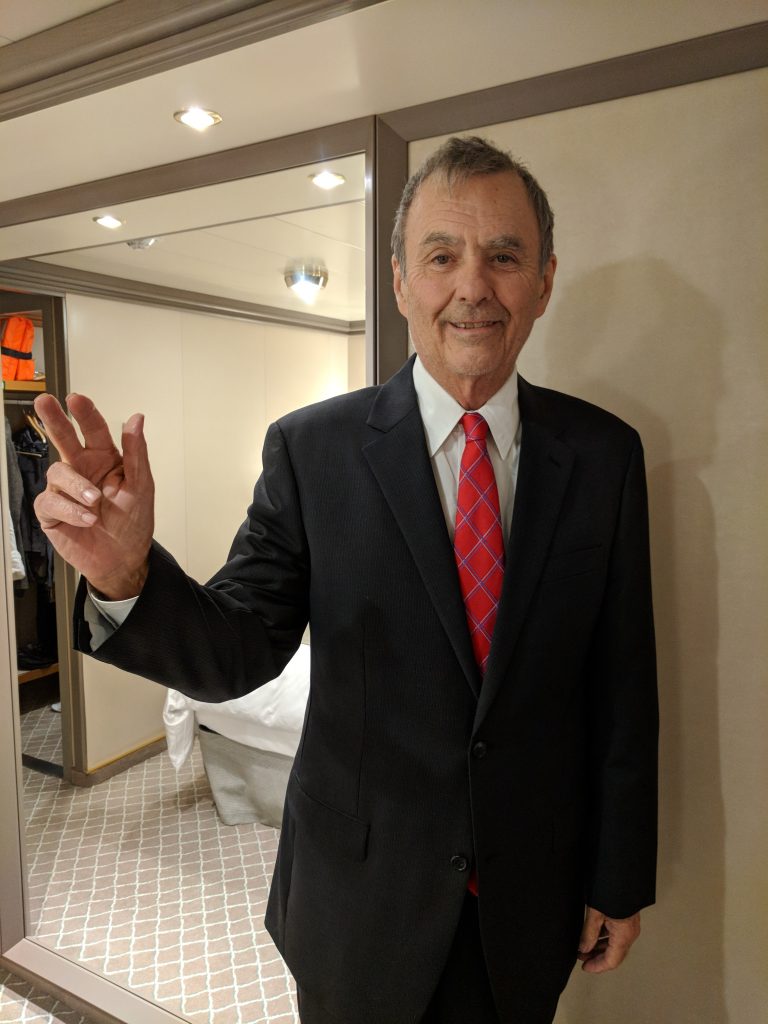Where Would You Open a New Account Today?

By Robert McGarvey
Direct question: if you were opening a new account at a financial institution today, for yourself, perhaps for a child or another relative, where would it be?
It can’t be at your present employer.
That’s the only exclusion.
So where would you open it?
A few months ago I opened a new account at a Phoenix credit union with a branch closest to my home and when I opened it, I did not bother to put a five-figure deposit into a savings account because the rate was pitiful,
Still is. 0.5%. I just checked.
A simple checking account pays exactly 0.0.
Oh, and opening an account using only online tools at this institution proved impossible. I had to visit the branch to conclude the process.
Yes, I was determined to open a credit union account. So I persevered. Will other consumers?
Look at your institution through the eyes of a prospective new account holder. What do they see?
Do you like what they see?
Hold that thought and now focus on this: Today’s email brought a press release from MagnifyMoney announcing its rankings of the best online banks.
Many of these are institutions with robust advertising and marketing budgets. Consumers know about them. Will that consumer think of them – or of you – when they want to open a new account? And when they compare the best online banks with your offerings, how do you stack up?
The best online bank, per MagnifyMoney, is Ally which of course dates back to 1919 and its former name GMAC. Its longevity is as good as just about every credit union.
Ally pays 2.2% on its savings account. 0.1% on checking. 0.9% on a money market account.
How do you stack up?
Also high ranking in the MagnifyMoney scoring are Synchrony, Goldman Sachs, Barclays, and Capital One 360.
Vio won honors as the best new online bank. It’s a division of MidFirst bank. Savings pays 2.39%. It promises online account opening in less than five minutes.
Again, the question is: how do you stack up?
A shrewd consumer just might find the smart move is to open a checking account at your credit union – and to park other money in savings at Vio.
Many executives at credit unions see free checking as the gateway relationship that leads to other relationships. But what if it isn’t? Especially not today when it it is easy for a consumer to shop around online and to open new accounts at a variety of institutions. Maybe one for checking, one for savings, a third for a credit card, and a fourth for a car loan.
Then where is your business plan that revolves around free checking?
About now exasperated credit union executives will shout that the consumer should open an account at a credit union, instead of a for profit bank, because that is the right thing to do and it helps keep more money in the local community.
Yes, absolutely true. I agree.
The trouble is, not that many consumers agree.
In fact research reported by The FinancialBrand is adamant that consumers “know diddly squat about credit unions.”
64% of non members are not familiar with credit unions.
33% say there aren’t enough branches. 25% say there aren’t enough ATMs.
30% say it’s difficult to find a credit union they can join.
Sure, it is easy to say the consumers just don’t know – but we already stipulated they don’t know diddly squat.
They don’t and that is what makes the moral imperative argument ineffective. It just can’t be counted to persuade that many consumers to go with a credit union.
Why aren’t the trades, the larger CUSOs, and the largest credit unions pushing the credit union advantage? Why haven’t they mounted powerful – effective – campaigns? Why don’t we see high profile influencers who are happy to act as evangelists for credit unions and the cooperative way?
I don’t know why but I sure would like to hear from the big players.
Another question: why are many of the largest credit unions yanking “credit union” out of their names?
The bottomline is simple. Credit unions, to win new accounts, need to work very hard to offer products that are competitive with the offerings from the online banks.
That’s not fair? It ignores the costs involved with brick and mortar?
True enough. So what should your credit union do if in fact you cannot match the rates offered by online banks? Double-down on the credit union advantages. Make them the cornerstone of your advertising/marketing. Educate consumers about credit unions. Make it an ethical argument. Go local, go self-ownership. Those arguments will resonate with consumers who just may want to open an account in an institution where they are an owner rather than with an online bank with better rates.
Talk about the Rochdale Principles.
Sell cooperatives and credit unions because – really – they are the better way. And many consumers will get that message. But first you have to tell it to them.